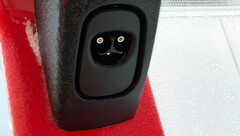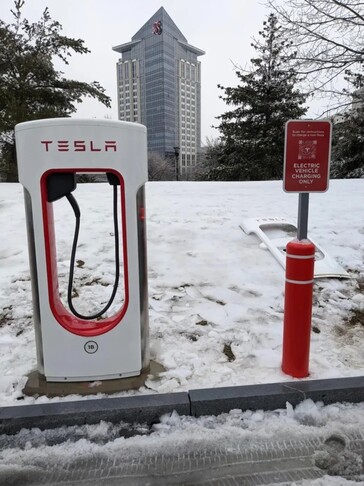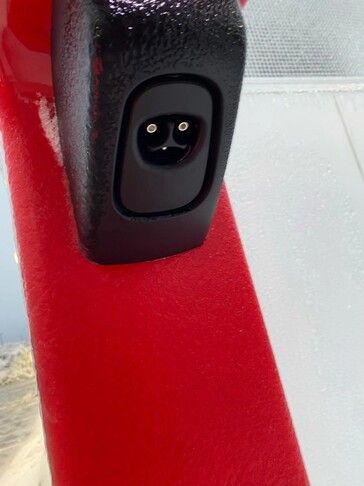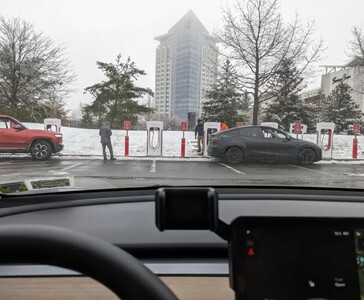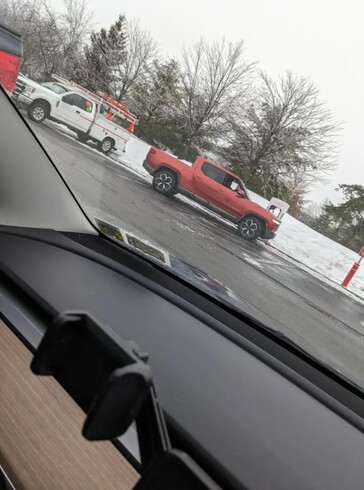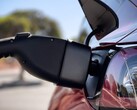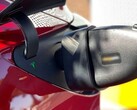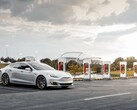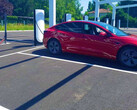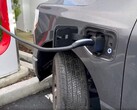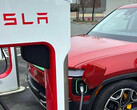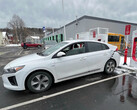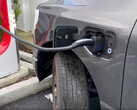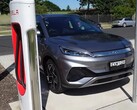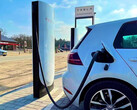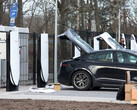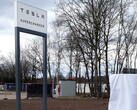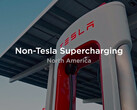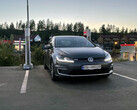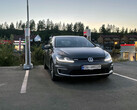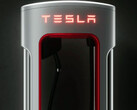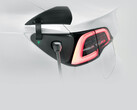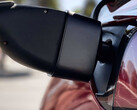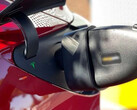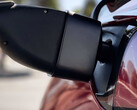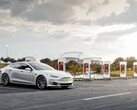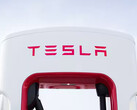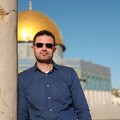When the White House announced how President Biden’s Bipartisan Infrastructure Law would disburse the US$7.5 billion earmarked for a nationwide made-in-America EV charging network, it mentioned that Tesla will participate with no less than 7,500 Superchargers and destination chargers. One of the requirements for receiving a federal Supercharger subsidy is, needless to say, that it is also compatible with the CCS plugs and connectors that other EV makers use.
Fast forward a few days, and the first dozen of compatible Tesla Superchargers with CCS adapter tentatively called a Magic Dock have been installed near Tesla's Buffalo, New York factory. The other requirement for receiving government money from the National Electric Vehicle Infrastructure program (NEVI), "a $5 billion initiative to create a coast-to-coast network of electric vehicle chargers focused on major highways that support the majority of long-distance trips," is that the charging stations are made in the US, which Tesla's Buffalo-assembled Superchargers fulfil as well.
The Magic Dock Supercharger station has been spotted by a Reddit user by accident and he had a chat with Tesla's testing and installation crew there who were charging a Rivian R1T electric pickup, perhaps to test the Magic Dock's operation in the current freezing Upstate New York temps. The CCS-compatible Supercharger looks exactly as we saw it in the leaked Magic Dock schematics a while ago, as well as the imagery leaked in the Tesla app under the 'Charge your non-Tesla' section not long ago.
The actual Magic Dock apparently consists of a CCS adapter locked onto a regular Tesla North American Charging Standard (NACS) connector that used to be proprietary but was subsequently open-sourced for anyone to use its technology, perhaps to entertain the White House's EV charging compatibility push.
When a Tesla driver approaches the Magic Dock Supercharger station, they would apparently charge the same way they always did, by simply unplugging the NACS connector and plugging it into their Teslas' charging port. When a Rivian or an EV from another non-Tesla brand parks next to the Magic Dock, however, they'd reportedly have to use the Tesla app to lock the NACS connector to the CCS adapter, and plug the whole bulky kit in their car's Common Charging Standard port. It says so right on the sign put next to each stall - "Scan for instructions to charge a non-Tesla" - where the QR code displayed takes you to Tesla's instruction page for downloading its app and creating an account for the "Charge your Non-Tesla" section there that is still not active at the moment.
The only ho-hum part is that the Magic Dock's cable that delivers power from the Supercharger has been cut somewhat short in order to fit in the station's internal arc, which could present challenges in vehicle placement that may block one or more charging places at once. The first CCS-compatible Magic Dock from Tesla seems to be still in its testing stage, though, so a lot may change between now and the end of next year when Tesla has vowed to have at least 7,500 of those up and running across the US in order to qualify them for federal tax credits.




